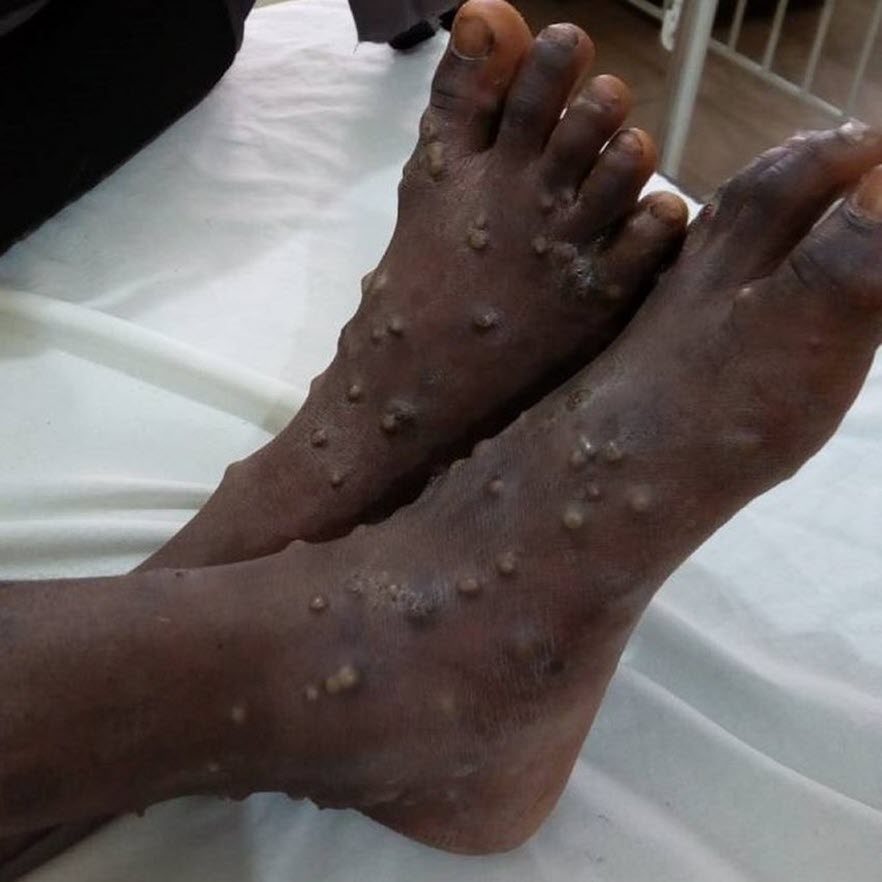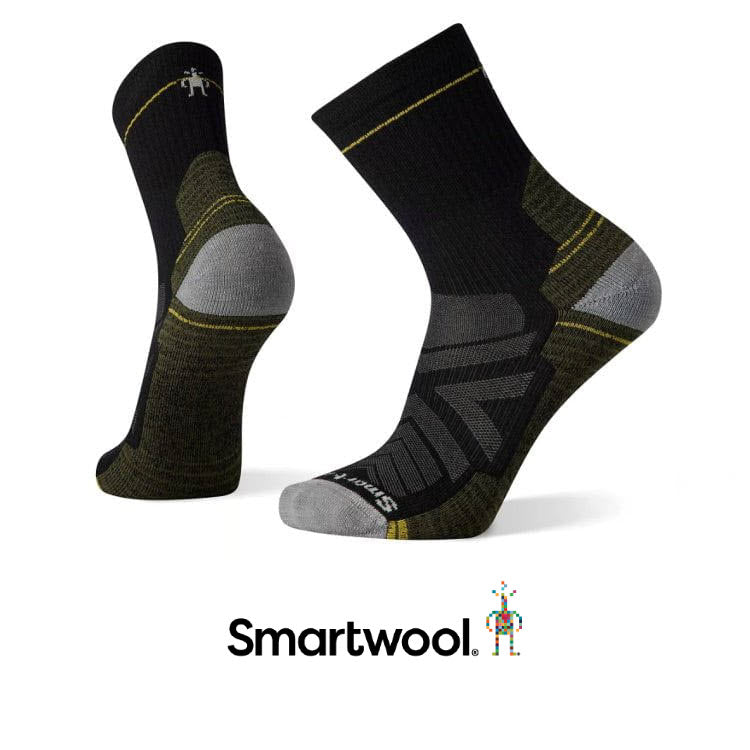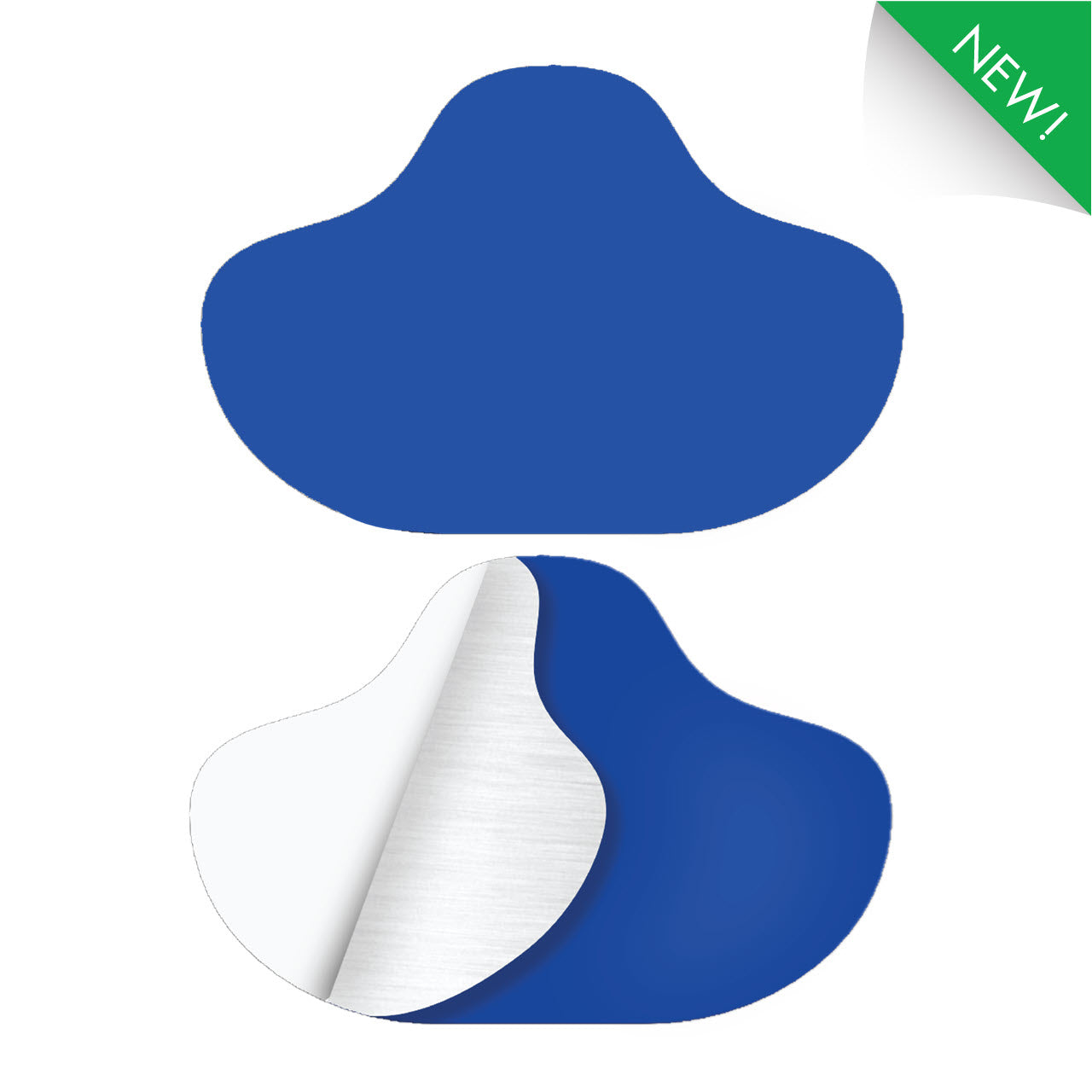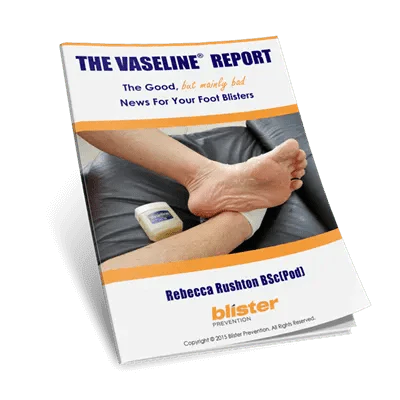Last night, the World Health Organisation declared Monkeypox as a global emergency after surge in cases. The declaration of a global emergency means the outbreak requires a coordinated global response. There have been more than 16,000 reported cases in 74 countries since May 2022.
Monkeypox Signs & Symptoms
Monkeypox is characteristed by a rash of pus-filled blisters. Watch this video from Dr John Campbell for photos of the rash, the progression of the blisters, accompanying symptoms and other particulars about the disease.Other monkeypox videos by Dr John Campbell
Why Is It Called Monkeypox?
According to Wikipedia, monkeypox was first identified as a distinct illness in 1958 among laboratory monkeys in Copenhagen, Denmark.Monkeypox Blisters
Monkeypox blisters can occur on the feet, though they mainly occur around the face or at the site of direct contact. Distinguishing between monkeypox blisters and friction blisters is important and should be quite straightforward. The differentiating features include:- Friction blisters usually occur in isolation. Monkeypox blisters are usually part of a widerspread rash of blisters.
- Monkeypox blisters are often small, similar to pimples, but not always. Friction blisters are generally larger than pimples.
- Monkeypox blisters are usually pus-filled. Friction blisters contain clear blister fluid, unless they are infected.
- Monkeypox is usually accompanied with fever, swollen lymph nodes, headache, and muscle aches and weakness. Friction blisters occur without systemic symptoms, unless they are infected and that infection is spreading.
- Friction blisters usually occur during/immediately after (within 2 hours) an increase in activity level (eg: walking, running) or a recognised change in footwear (eg: new shoes, tight shoes).
- Friction blisters tend to occur at areas of high pressure, such as weightbearing areas, around the toes and the heel. For example, friction blisters rarely occur on the top of the foot.






